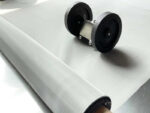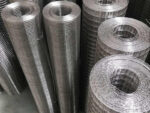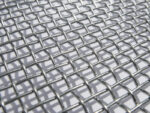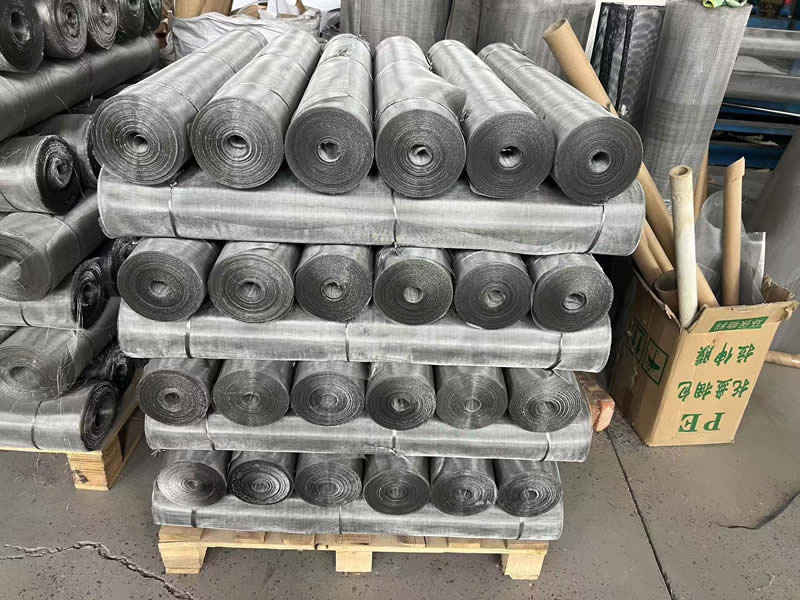Stainless steel wire mesh is a critical component across industries, with 304 and 316 grades being the most widely used. Here’s a detailed comparison of their properties and industrial applications:
Composition and Corrosion Resistance
- 304 Stainless Steel Wire Mesh
Composed of 18% chromium and 8% nickel, 304 stainless steel mesh offers excellent resistance to intergranular corrosion and oxidation. It withstands nitric acid solutions at concentrations ≤65% at boiling temperatures. Additionally, it performs well in alkaline environments and most organic/inorganic acids, making it a cost-effective choice for general-purpose use. - 316 Stainless Steel Wire Mesh
Enhanced with 18% chromium, 12% nickel, and 2.5% molybdenum, 316 stainless steel mesh delivers superior corrosion resistance, particularly in chloride-rich or sulfur-containing environments. The added molybdenum enables it to endure harsh conditions like seawater, brine, and industrial pollutants, outperforming 304 in marine and chemical processing applications.
Applications
- 304 Mesh:
Ideal for screening and filtration in moderately corrosive settings, it is widely adopted in:- Food and pharmaceutical processing (due to non-reactivity).
- Mining and chemical industries for sifting abrasive materials.
- Architectural applications (e.g., decorative panels).
- 316 Mesh:
Suited for extreme environments, its primary uses include:- Marine equipment and coastal infrastructure (resists saltwater corrosion).
- Pulp/paper manufacturing (tolerant of sulfides and chlorides).
- Pharmaceutical and chemical plants requiring high-purity filtration.
Cost and Performance Trade-offs
While 304 mesh is more economical for standard applications, 316 mesh justifies its higher cost in aggressive settings. For instance, 316’s molybdenum content prevents pitting in chloride exposure, whereas 304 may degrade over time.






